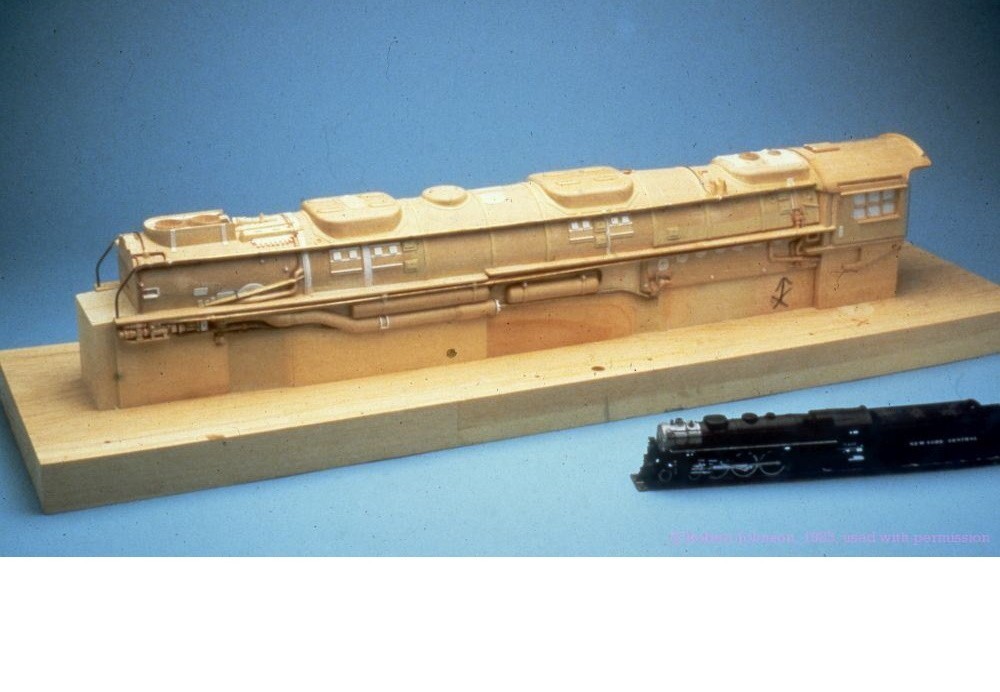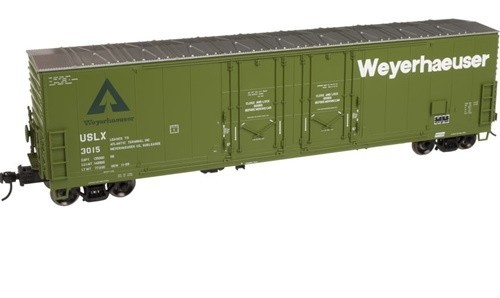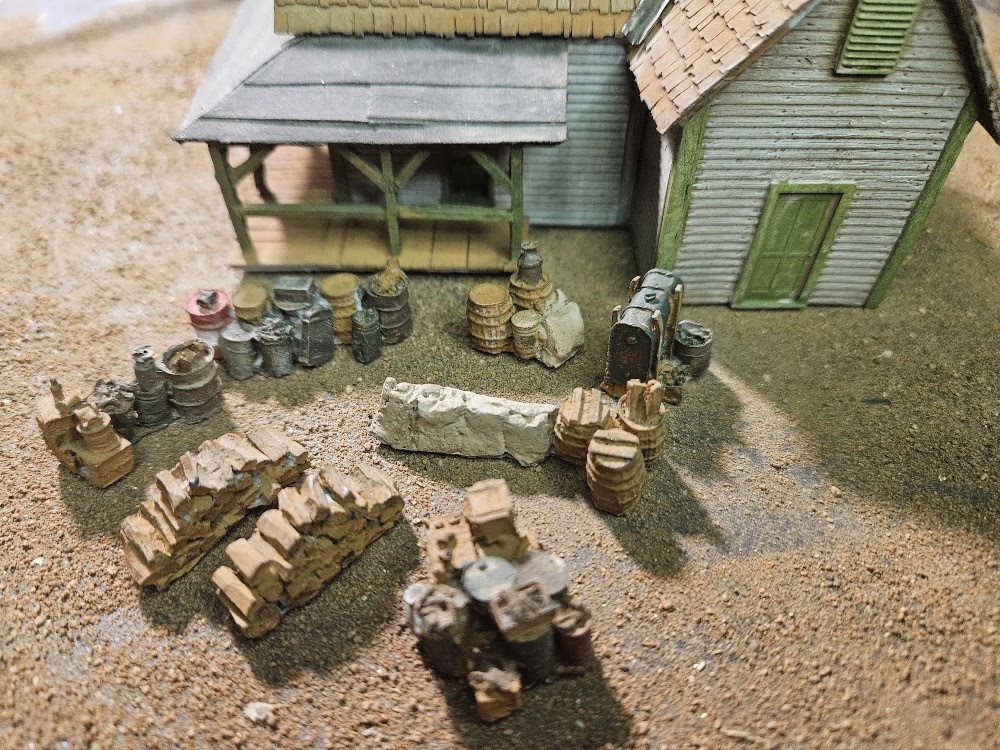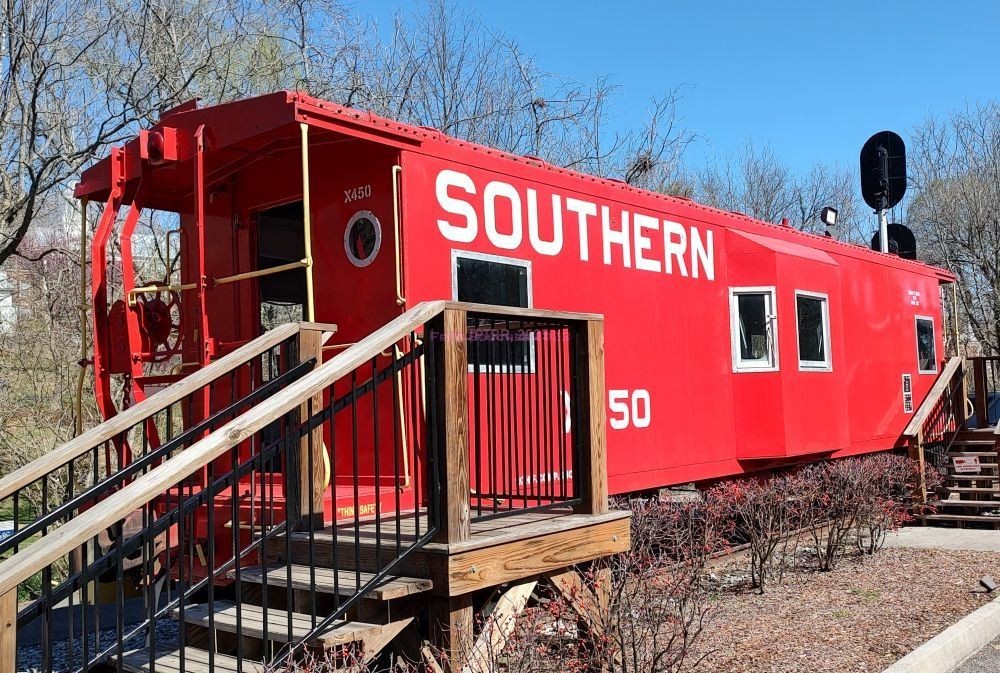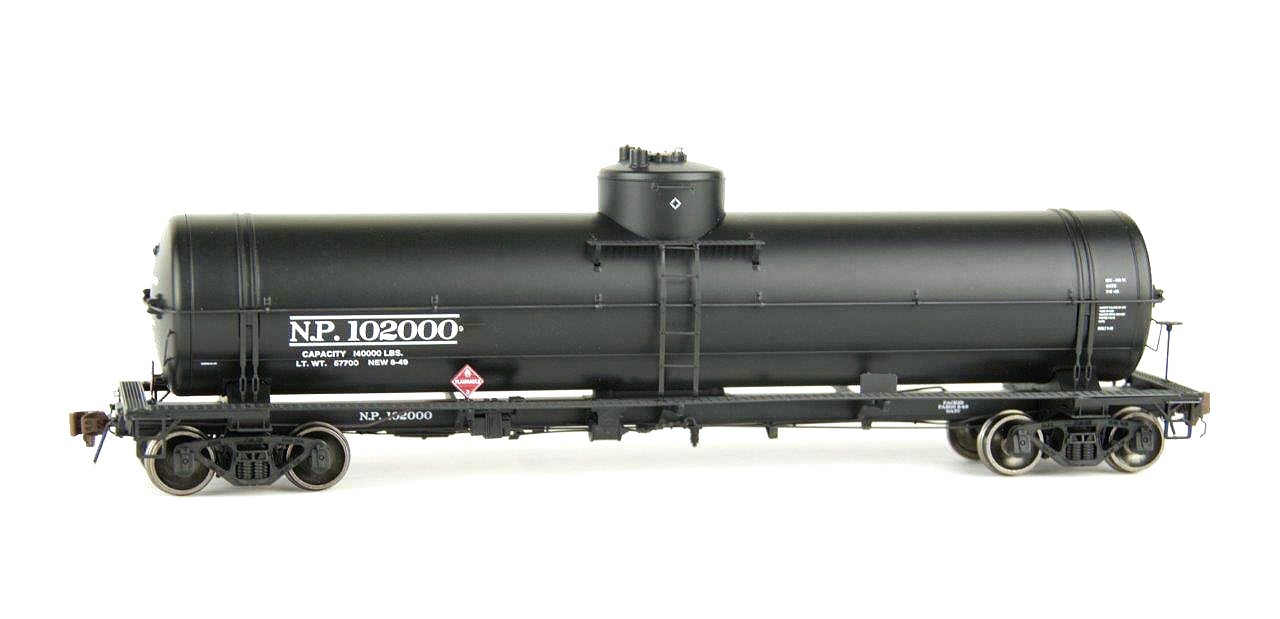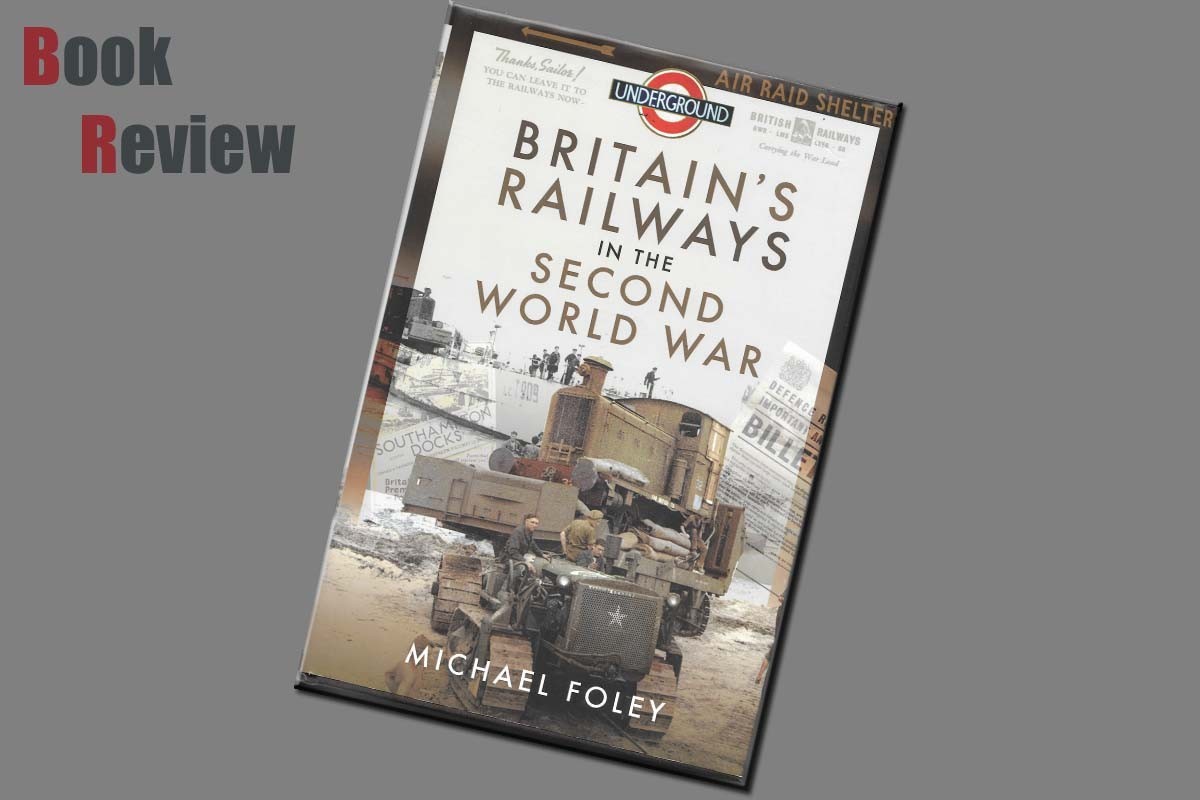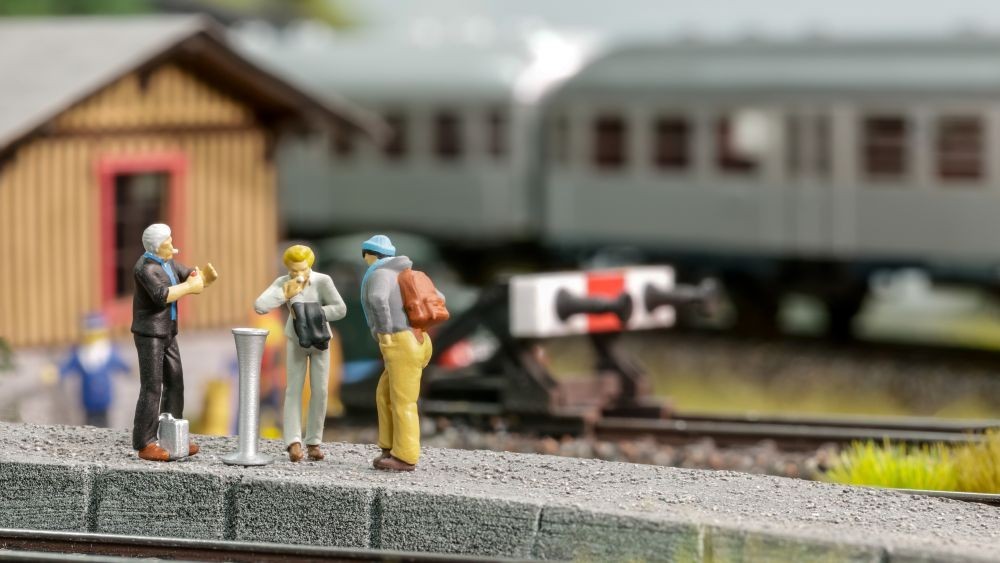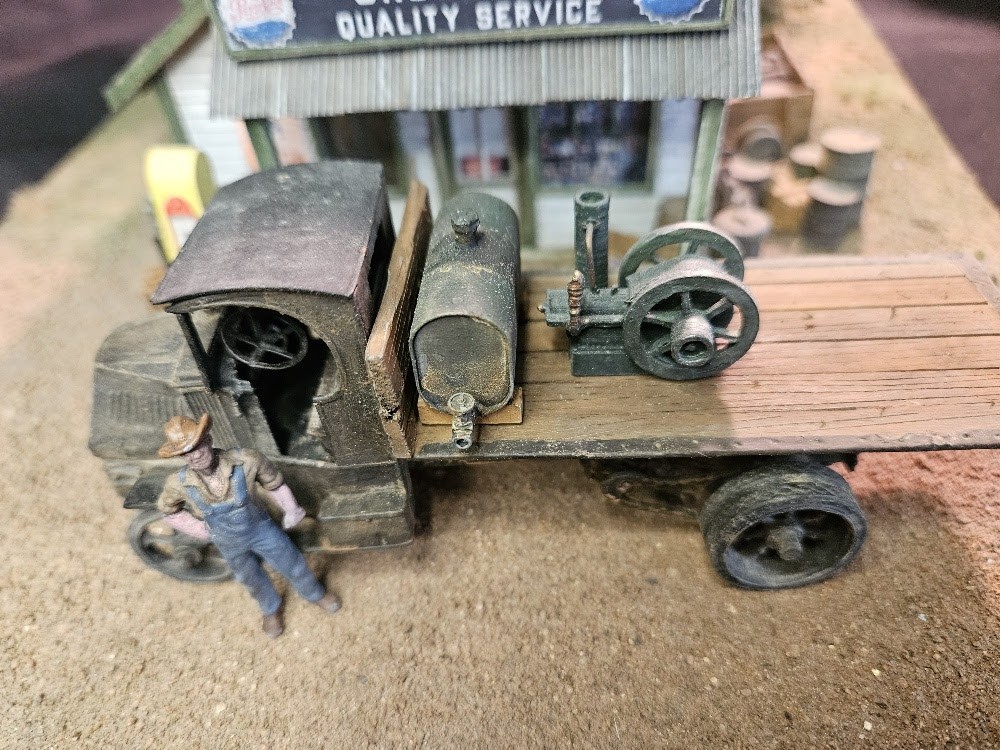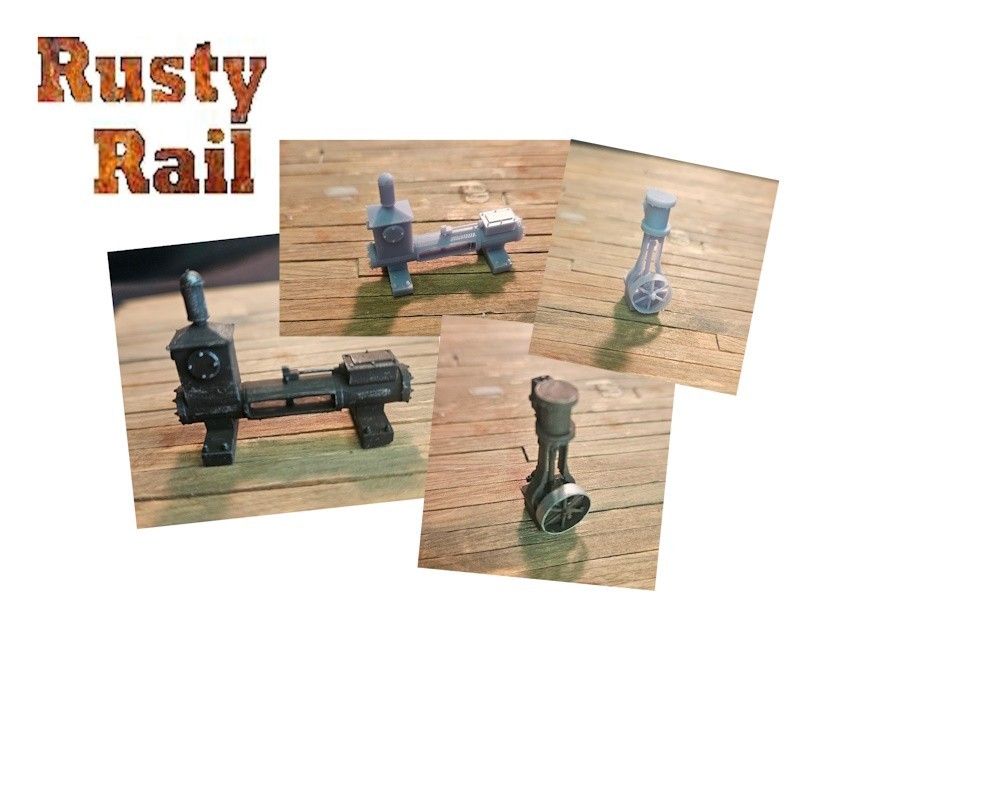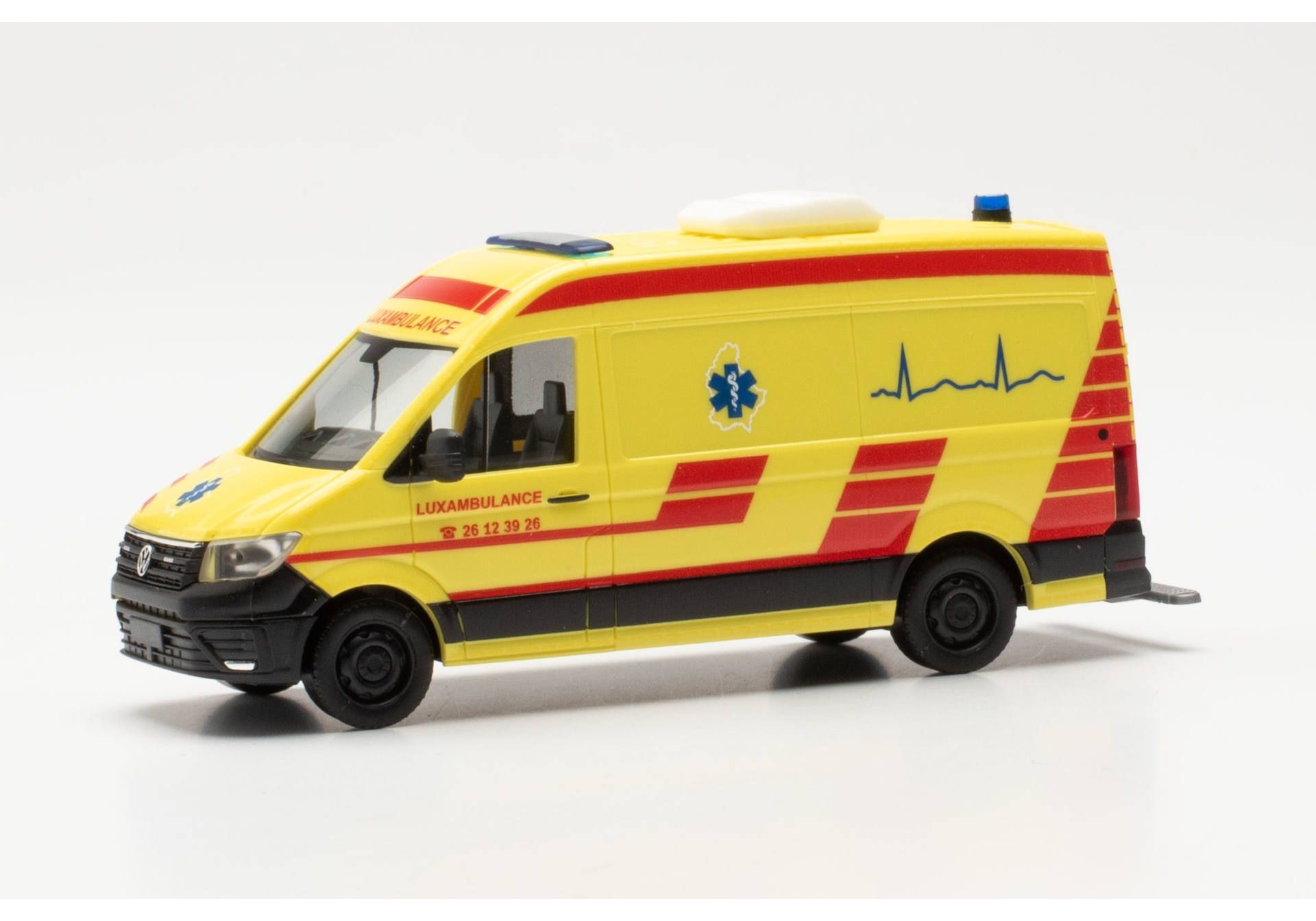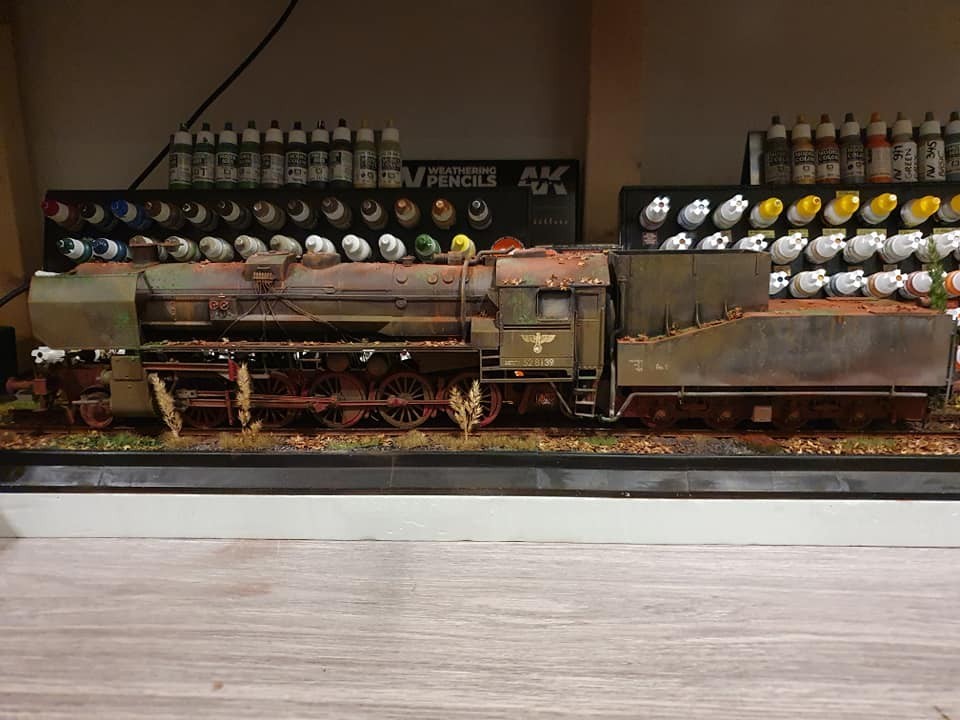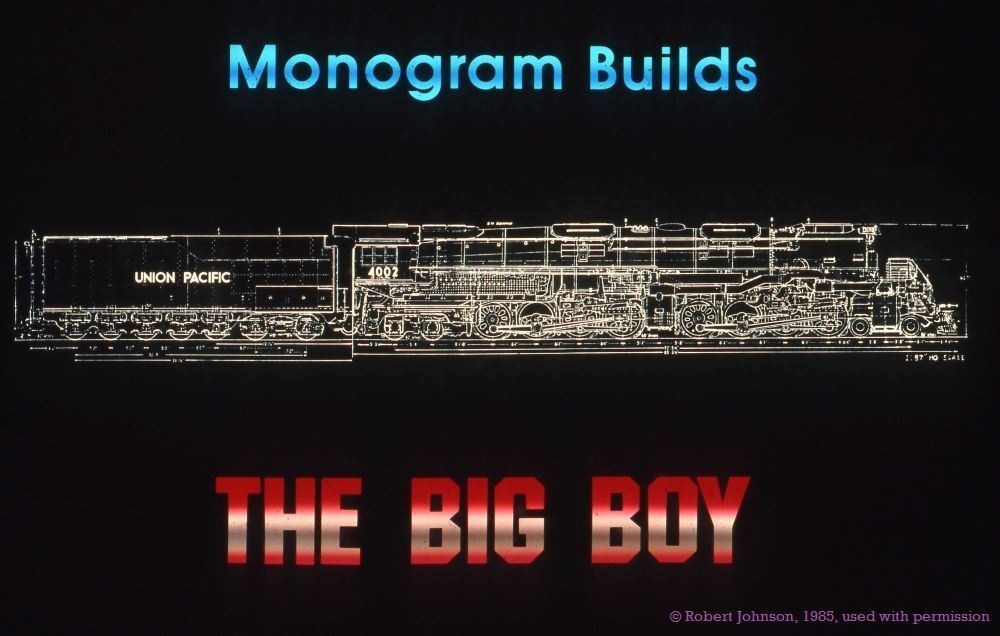
Creating a Model: Concept to Finished Model, Part 1 | KitMaker Network
Recently I was lucky to make the acquaintance of Mr. Robert Johnson, who started with Monogram Models in November of 1973, several months after departing the USAF. Lieutenant Johnson spent two TDY's to Guam in 1972 with the 99th BW in response to the North Vietmanese March attack against South Vietman. He served as a Flightline Maintenance Officer working 50 - 52 B-52Ds, 12-hour shifts, six days a week.
"Bob" has shared some fascinating stories of the hobby history, includingh what happened to Aurora molds and tooling, industry finances, and other "peaks behind the curtain." But those are stories for later, and they will be posted.
Bob was hired at Monogram as a Junior Draftsman. He told me,
I held a BS in Product Design from the Institute of Design at IIT, and had been a lifelong model enthusiast. When I began, I was assigned to an experienced Engineer. That was how the "drawing staff" was looked upon. George Baskys was completing the P-61 "Black Widow" and I helped drawing simply flat parting line pieces - upper guns, seats, landing gear struts, clear parts. I found that the four male and one female "Engineers" loved what they did, were greatly skilled, and had specialties. George was aircraft and designed the P-61, B-17G, and B24-D/J. Mario could design anything, Genevieve Gristetta was the "Classic Car Queen," and so on. As a "new guy", I was a "Gear Shift Guy". My first three designs were the dump body for the Mack AC Bulldog, 1/72 Fairchild A-10, and F-86 Sabre.
Monogram Models was a "FAMILY" and we formed what I consider to be the best creative team in the business at the time. George left after the B-24 in late 1976. He was replaced by Clark Macomber and shortly thereafter, Dave Jones. All three of us were ID grads and into "the hobby." Clark created the HO Hudson and Big Boy kits.
Our model shop headed by Joe Sojka were the "unsung heroes," it did not take long to realize that you can do anything on paper 2D. The fellows who made it "look right" were the pattern makers. Read what modelers write about Monogram kits on the FB page, the "look" is often the key to what they see, and it was achieved through folks with highly-trained eyes. Like Aircraft Maintenance where the Aircrews get the Glory and the wrenchbenders make it possible, designer take the credit for a kit, but the folks shaping the patterns make it "work". That is the TRUTH!!
Where my difference came in was that as the "New Guy", the older staff handed off their "extra duties" to me. It started with approving inspection boards of new kit parts and pieces needed to make a complete kit, plan, decal. Then processing new mold approvals for new projects to Plastics, Finance, and Production, thence maintaining the Parts Lists updates for the entire product line and creating Costing, Preliminary, Final, and Production parts lists for new items. That brought me into the overall Costing Process. I did not complain because it was no different than being a 2nd or 1st Lt and doing everything from manual currency to keeping the coffee hot and fresh. This all enabled me to grasp and become well-acquainted with the entire financial and production process. By 1977, I was Assistant to the Director of Design (Clark). I convinced Bob Reder to change the title and then in 1981, the first Hobby Product Manager; all department heads reported to me on anything related to all products. That caused some indigestion but, my goal was to simplify their lives and take on responsibility. Clark was one of our best design guys, he had an interest in all subjects. He and I created the NASCAR kits in 1983, new Buick Regal and Ford T-Bird with 2 different chassis. We managed every aspect and I handled the licensing, PR, ad placement, finding Dave Lord to do box art and more. Man, by 1991, that series had brought in $13 millions dollars to Monogram!!
Reder had this idea to create an HO scale locomotive, a Hudson. The idea was a highly-detailed model that could sit on a layout, in a siding or in a park, for a fraction of the cost of a Rivarossi locomotive - that kit was a success!! Then Clark created the Big Boy!! Our hope was to create a Burlington Streamliner...we did not get there. In 1985, I did a whole photo presentation titled Monogram Builds the Big Boy for the IPMS national Convention.
That is a glimpse into Mr. Johnson's background and intimate knowledge of the industry. It also sets the stage for the story of how Monogram created their SR-71 Blackbird - that is for a later story, let's get back to the subject at hand.
The following is the presentation, with Mr. Johnson's captions with the photos following.










